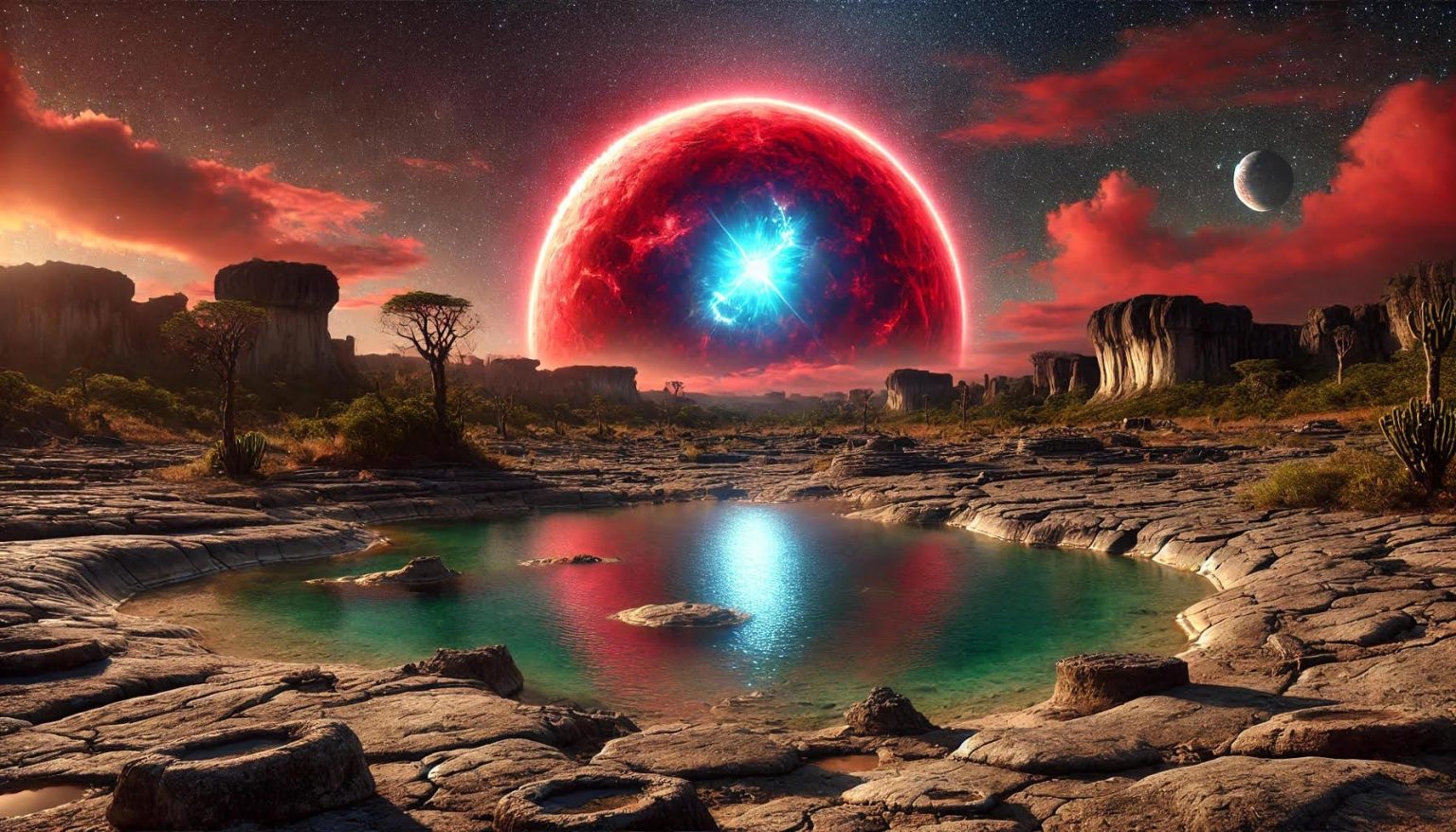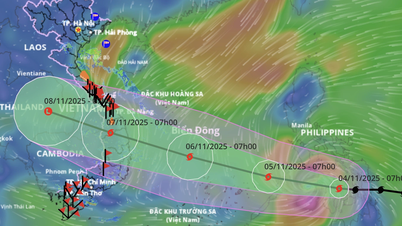(NLDO) - The "mother" object of the planets that Earthlings most expect to find life on could be a monster.
Publishing research in the journal Monthly Notices of the Royal Astronomical Society, a research team led by the Institute of Astronomy at the University of Hawaii (IfA - USA) warned that planets orbiting red dwarf stars may have been stripped of life.
That's because red dwarf stars—the coolest and smallest type of star—are a lot scarier than they look.

The closest habitable exoplanets to us, like Proxima b, could be in danger from their parent star - Graphic image: UNIVERSITY OF HAWAII INSTITUTE OF ASTRONOMY
It had previously been noted that a small number of red dwarfs are violent, capable of producing ultraviolet bursts powerful enough to damage planets.
Now, the team finds that it's more common and more severe than we thought.
They used archival data from the GALEX space telescope to search for flares among 300,000 nearby stars.
GALEX is a now-defunct NASA mission that observed most of the sky in near and far UV wavelengths from 2003-2013.
Using new computational techniques, the team extracted novel insights from the data.
The UV radiation emitted by stars in general can erode the atmospheres of planets around them, threatening their ability to support life or, conversely, contribute to the formation of RNA building blocks, which are essential for life.
Unlike Earth, the amount of UV radiation that planets around red dwarfs receive is excessive.
That's 3-12 times more energy than what life needs, which is destructive.
The exact cause of this stronger far-UV emission is still unclear, but the team suggests it is due to the different composition of red dwarfs compared to the Sun.
So, despite being much smaller and cooler than our parent star, red dwarfs are killers.
Unfortunately, red dwarfs are the most common type of star in our Milky Way galaxy.
Many of the exoplanets that astrobiologists most expect to harbor life unfortunately also have red dwarf "parents".
One example is Proxima b (Proxima Centauri b) orbiting the red dwarf star Proxima Centauri just 4.2 light-years away, where some research teams have expected abundant marine life to exist.
That would be bad news for astrobiologists, even though the data would be important in helping us more precisely localize worlds that have the potential to support life.
Source: https://nld.com.vn/tin-xau-cho-hanh-tinh-co-the-co-su-song-gan-chung-ta-nhat-196240818091659009.htm


![[Photo] Ho Chi Minh City Youth Take Action for a Cleaner Environment](https://vphoto.vietnam.vn/thumb/1200x675/vietnam/resource/IMAGE/2025/11/04/1762233574890_550816358-1108586934787014-6430522970717297480-n-1-jpg.webp)
![[Photo] Ca Mau "struggling" to cope with the highest tide of the year, forecast to exceed alert level 3](https://vphoto.vietnam.vn/thumb/1200x675/vietnam/resource/IMAGE/2025/11/04/1762235371445_ndo_br_trieu-cuong-2-6486-jpg.webp)
![[Photo] The road connecting Dong Nai with Ho Chi Minh City is still unfinished after 5 years of construction.](https://vphoto.vietnam.vn/thumb/1200x675/vietnam/resource/IMAGE/2025/11/04/1762241675985_ndo_br_dji-20251104104418-0635-d-resize-1295-jpg.webp)
![[Photo] Panorama of the Patriotic Emulation Congress of Nhan Dan Newspaper for the period 2025-2030](https://vphoto.vietnam.vn/thumb/1200x675/vietnam/resource/IMAGE/2025/11/04/1762252775462_ndo_br_dhthiduayeuncbaond-6125-jpg.webp)


















![[INFOGRAPHIC] HP OmniBook 7 Aero 13”, smart security](https://vphoto.vietnam.vn/thumb/402x226/vietnam/resource/IMAGE/2025/11/04/1762263280437_info-hp-02-jpg.webp)


















































































Comment (0)